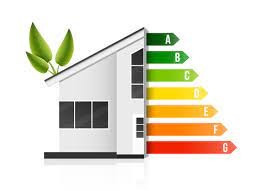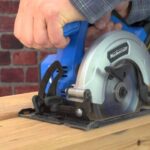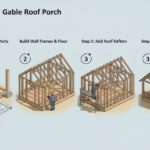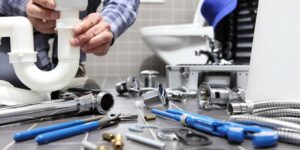
Improving the energy efficiency of your home is not only beneficial to the planet, but also to your pocket, especially as the energy prices are on the increase. In the UK, many homes are old and are not as energy efficient as they could be. You should be able to find out how your home scores for energy efficiency by finding your EPC rating.
An EPC is an energy performance certificate, and every home in the UK should have one. They are simple to find, you just need to use the EPC register (or the Scottish EPC register if you are in Scotland). It is worth bearing in mind that once a home has been assessed, this is then valid for ten years. This means that it is also worth checking when the reassessment was done and arranging for a new one to be done if it has expired on your property. If changes were made since the initial assessment, your EPC rating may have changed, so it is worth doing if this is the case as well. Some of the changes that this might include are loft insulation, or if you have had someone like this Cheltenham double glazing company firmfix.co.uk/ in to replace your draughty old windows.

You can get a rough idea of the energy efficiency of your home by doing it yourself – although you can’t produce an official certificate, here are a few of the main things to look at if you are wondering how to improve it or want to make changes:
Heating – If you have an old boiler, it may not be the most energy efficient. If you have problems with your central heating, or radiators that are not working very well it is certainly worth getting this looked into by a professional heating engineer as it may be costing you more in heating costs than it has to.
Lights – The best bulbs to use for energy efficiency are LED bulbs. As well as checking your lights, check other places where bulbs may be such as in the oven. If they are not LED replacing them will save you money.

Draughts – Draughty homes are a lot harder to heat – check things like windows, doors and even the letterbox to see if you can reduce how much draught is getting through.




